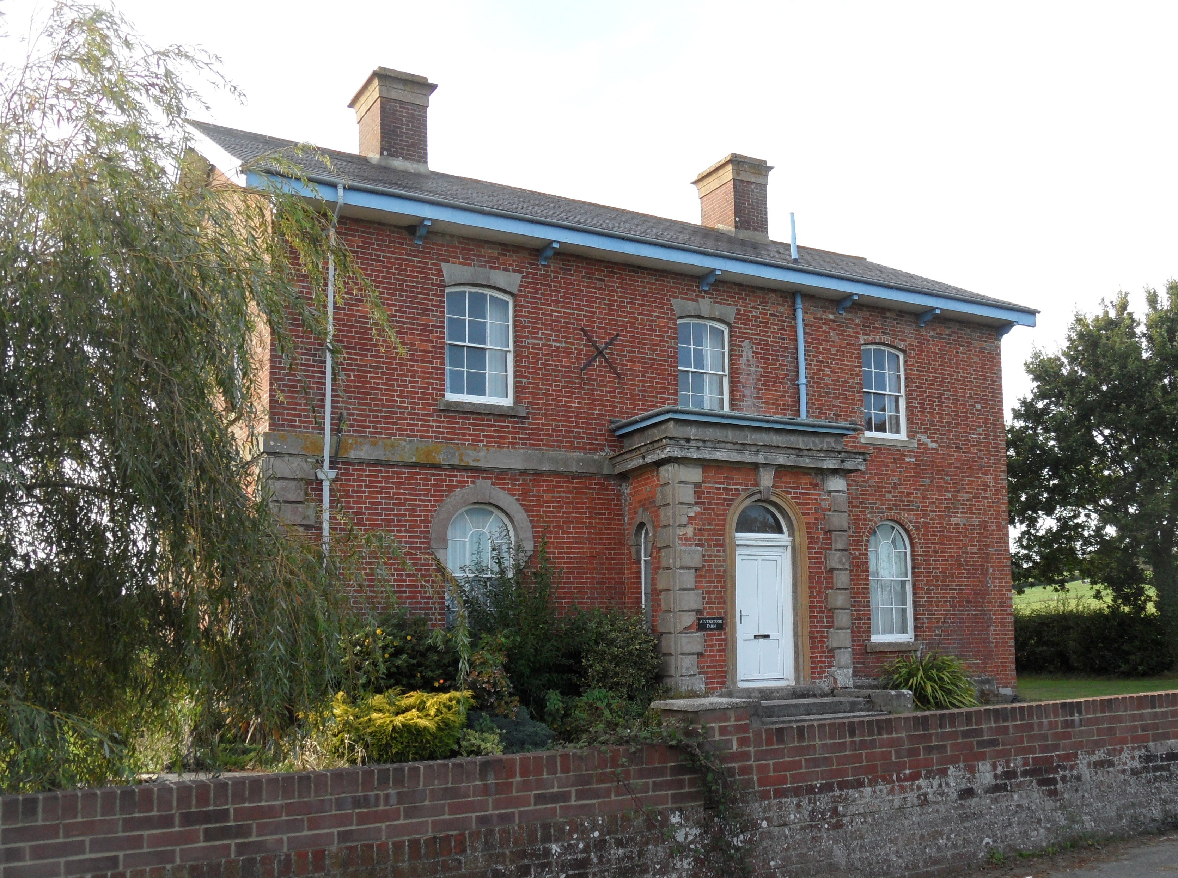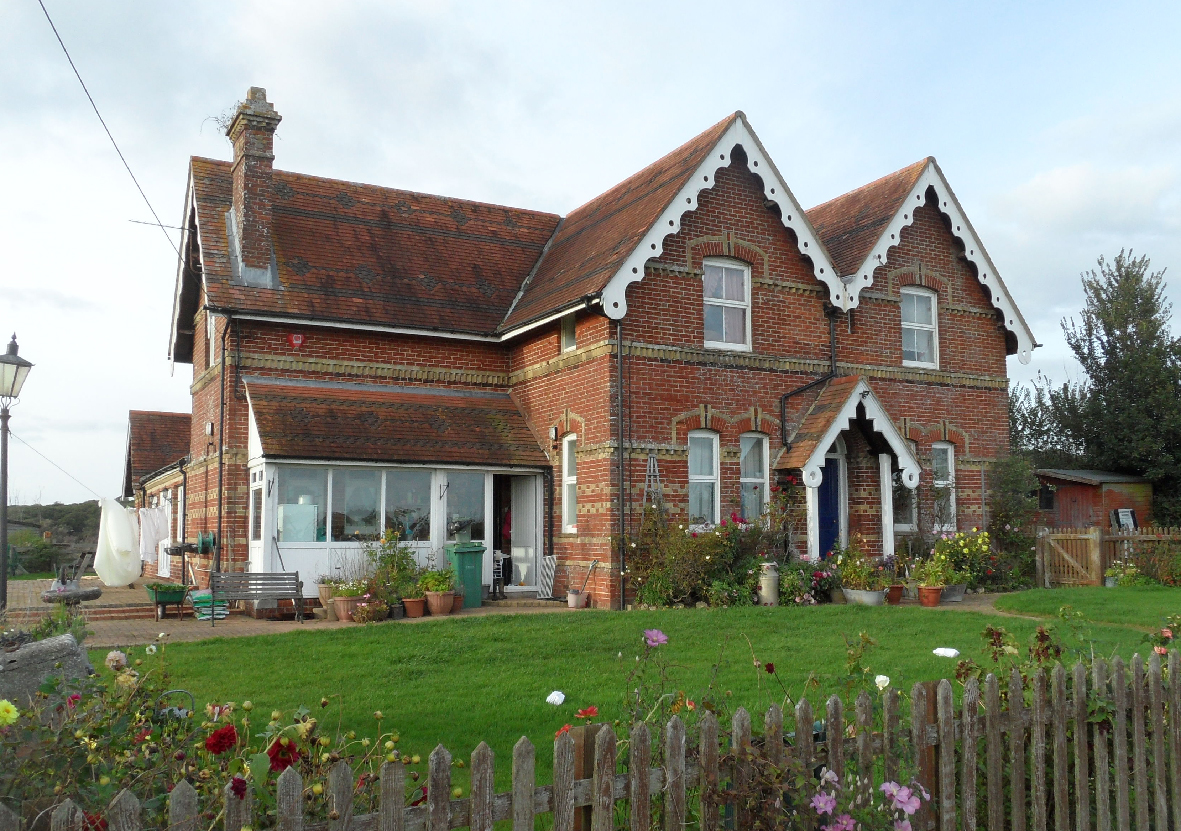January 2025
Old Buildings tell a story
By Sarah Burdett
History is a story of what happened in the past. However, verbal or written stories can be altered in the retelling. Existing buildings, our heritage, are proof of things that have happened in the past.
Visit the discoveries at Brading Roman Villa. So much has been found out from archaeology, not only about the buildings, but also about the people who lived there.Queen Victoria bought Osborne House in 1845, and within a couple of years knocked it down and built a much larger house. The foundations of the earlier house still exist beneath the old stables.

Osborne in 1845
Buildings are built for a specific purpose but are altered to meet new requirements. If they cannot be altered to fit a new purpose they are likely to be pulled down and replaced. Even if the use remains the same, wear and the weather may cause the buildings to deteriorate, until nothing can be done to save the building.
Listed Buildings, Grade 1, Grade 2* and Grade 2 are those seen to have national merit and to be worthy of special protection. There is also the Local Heritage List of perhaps smaller buildings or features deemed worthy of note, still seen as important but without national protection. Other buildings may lie within a Conservation Area, which does afford them protection.
The fabric of buildings may deteriorate. Demolition may take place and a new building may be erected in place of the old. Will it be a good neighbour to the existing buildings nearby? The character of an area should not be adversely affected by new development.
Queen Victoria’s Estate included seven farms by the time of her death in 1901. Many were still owned by Crown Estates until they were sold in 1956. Much of the Estate is within private roads, which has conserved it. Victoria would recognise many of the buildings were she to visit today. Sadly, some sections of the 1901 Osborne Estate are at risk, as the years take their toll. Within the grounds of Osborne, Swiss Cottage, for instance, again needs extensive work on the roof. Kingston Farm lost its farm buildings when the electricity company no longer needed them for storage. These were the first of the Queen’s estate buildings to be demolished. Much of the Kingston farmland is now housing, as East Cowes has grown southwards.

Swiss Cottage
On the outskirts of the Queen’s Estate, New Alverstone Farmhouse has long suffered from subsidence, as the many old tie bars prove. Built on clay, damage to the building has increased. Its days may be numbered.

New Alverstone Farmhouse
Heathfield Farmhouse no longer shows the wonderful brick designs that were provided by the Queen’s Brickyard and has lost a chimney. So has Alverstone Lodge, one of the southern lodges to the Estate. What can be done to try to conserve as much as possible of Queen Victoria’s Estate? Until a few years ago it was complete, and experts employed by Historic England advised that the whole estate should be conserved, but they did not suggest a solution. One should be found to save the most iconic buildings before it is too late.

Heathfield farmhouse
[Go Back]

